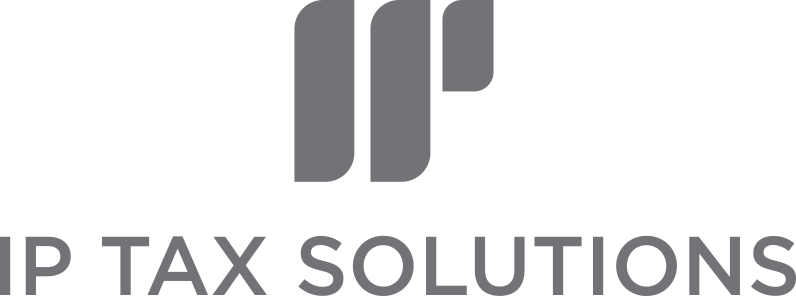Imagine the scenario: you are the Founder of a new startup company.
You have grand plans to develop some new AI technology solutions that could shake up the field that you're looking to enter.
Armed with an impressive pitch-deck you hit the roads to raise some funding.
You figure you'll need £500,000 to get some initial traction and so you decide to target business angels looking to invest in Seed Enterprise (SEIS) and Enterprise Investment Scheme (EIS) opportunities.
You know that you are limited to raising £150,000 (£250,000 from April 2023) in equity funding under SEIS and so you will issue the remaining shares under EIS.
Having secured some interest from prospective investors, you move forward with a formal SEIS/EIS Advance Assurance application to HMRC that your company is a qualifying company for the purposes of issuing shares under both tax incentives.
You kill two birds with one stone by applying for pre-approval on both SEIS and EIS in the same application. For clarity, you make it clear in your application that you understand that the SEIS shares must be issued in advance of the EIS shares and that the SEIS share raise is limited to £150k (until April 2023, when it increases to £250k).
HMRC reply quickly to your clear and comprehensive application by granting advance assurance for both SEIS and EIS - on the proviso that if you raise the money and issue the shares, that you will file the necessary compliance forms SEIS1 and EIS1 in due course.
All good so far.
What are the tax benefits?
So our SEIS investors have invested £150,000 in total (with no single investor investing more than the £100,000 annual allowance limit under current rules, set to increase to £200,000 per investor from April 2023) and received income tax relief totalling £75,000 i.e. 50% income tax relief (ignoring any CGT reinvestments).
The remaining £350,000 was raised and shares issued under EIS resulting in total income tax relief of £105,000 i.e. 30% income tax relief.
So that’s £180,000 in tax relief secured so far on the £500,000 investment. But that was all swallowed up by the investors. Is there anything for the company?
Well, there is a strong argument that you might not have secured the full £500,000 without the ‘carrot’ of the tax reliefs for the investors but there is a tax relief that can benefit the company’s cashflow (see below).
Making your SEIS/EIS cash go further
In most companies, your employees are your biggest investment.
The problem is that increasing salaries results in increasing levels of PAYE, including Employer’s National Insurance and mandatory pension contributions. These costs can rapidly eat into your cash pile.
But if you want the best employees, you have to pay top dollar.
Or do you?
What if you could incentivise your employees with share options in addition to a (smaller than market value) salary so that they can benefit in the future growth of the company (paying lower capital gains tax rates in the future rather than PAYE/NIC on market-rate salaries today).
HMRC approved share option schemes like the Enterprise Management Incentive Scheme (EMI) are a great vehicle for allowing your employees to share in the future growth in value of the shares in the company with no income tax on grant.
EMIs can be structured as ‘exit only’ so you are not having to deal with minority shareholders whilst running your company. Plus it can be possible to pre-agree low valuations with HMRC at the early stages of the company’s lifecycle giving your employees plenty of scope for CGT growth in value of the shares.
All the while, you are saving cash outlay in the company (and potentially painful NIC costs!).
R&D tax relief - Cash tax rebate
With a growing team on board that are busy working on developing the AI solution, they are carrying out some qualifying R&D work in the process.
Despite the salary savings made from implementing an EMI option scheme, your employees still enjoy a decent salary (the best of both worlds) and therefore you have a decent chunk of costs to include as qualifying staffing costs in your R&D tax credit claim at the end of your financial year.
Let’s assume that your qualifying salary costs are £300,000, after adjusting for non-R&D time spent by the employees plus other non-qualifying spend.
Given that you are pre-revenue at this stage, this means that you can claim an R&D tax credit on the full amount resulting in a cash tax rebate of £100,000.
That’s a 33.3% effective rebate on the staffing costs incurred (£100k tax credit / £300k qualifying costs).
Total tax savings in year one
On an investment of £500,000, we have collectively secured a cash preservation total of £280,000.
That’s over half of the amount raised that can now be reinvested into the business to further accelerate the growth.
And this total is without taking into account:
- The future CGT potential savings for the investors on future sale of the shares (tax free)
- Salary savings and NIC contributions savings in respect of the employees due to the EMI options
- Future tax savings for the employees who should be able to realise the growth in value of their shares at 10% under the Entrepreneur’s Relief
These are just a handful of steps that you can use to help supercharge your SEIS / EIS investment funding.






